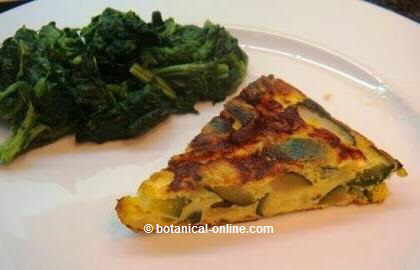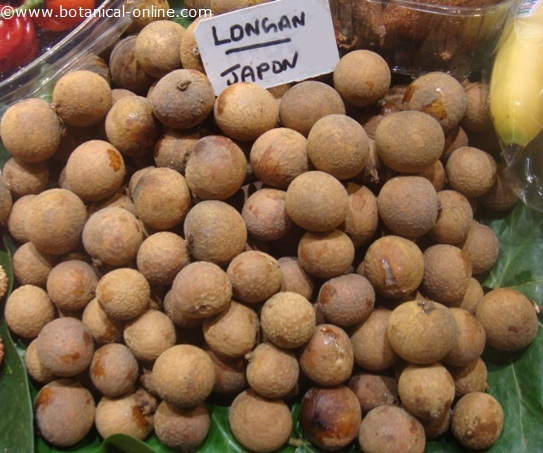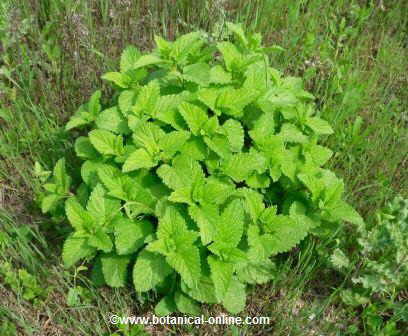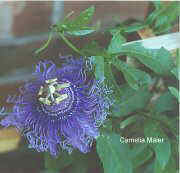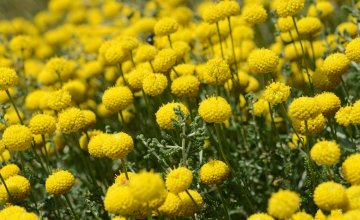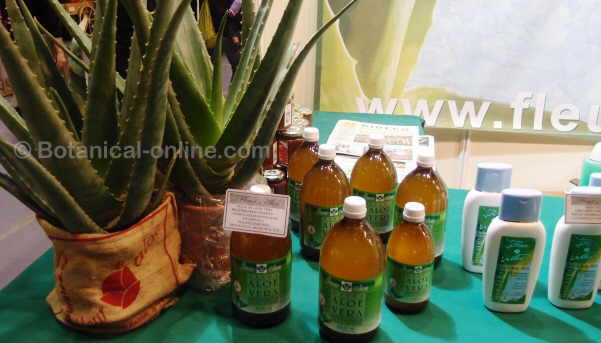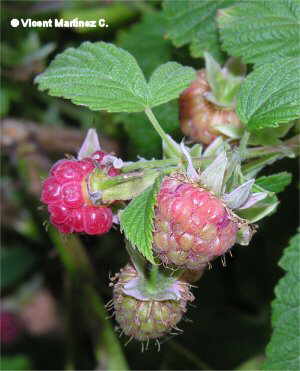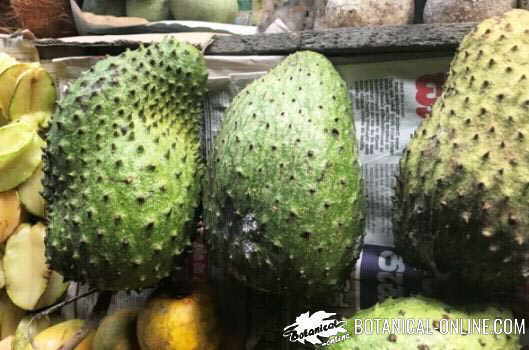Contents
DANGERS OF USING COMFREY
Is comfrey toxic?
Comfrey (Symphytum officinale) is a poisonous plant with a high toxicity. It should only be used externally as a vulnerary.
Being a toxic plant, comfrey can not be ingested (Pyrrolizidine alkaloids are the toxic principles of comfrey).
U. S. Food and Drug Administration (FDA.) prohibits its internal use.
Recent studies have shown that this plant, used internally, can cause serious liver damage and even cancer.
What are the main medicinal principles of comfrey?
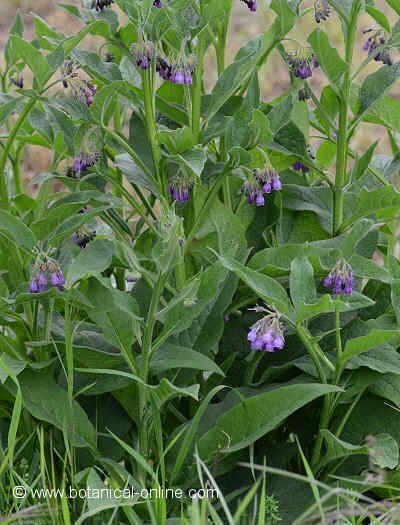
Photo of a comfrey plant with flowers
- Gums and mucilage: Soluble fibers with demulcent properties, which soften and soothe the tissues. They help treat burns and soothe inflamed tissues.
- Allantoin (0.75 2.55%): Active substance with properties to increase the development of new cells. It is used to improve healing and increase the healing time of wounds.
- Rosmarinic acid: natural antiinflammatory principle.
- Tannins (2.4%) The dry wounds and help them cure.
What are the main toxic principles of comfrey?
Pyrrolizidine alkaloids are the main toxic components of comfrey: Symphytine and consolidine (main alkaloids in the aerial part), symlandine, ecuimidine, intermidine, lycopsamine, myoscorpine, acetyl lycopsamine, acetyl intermidine, lasiocarpine, heliosupine, viridiflorine and echiumine.
Comfrey is rich in this kind of alkaloids, which are toxic and make its internal use dangerous.
Pyrrolizidine alkaloids are highly toxic to the liver (hepatotoxic). These can have a cumulative effect on the liver causing serious damage to the liver tissues in the long term.
Comfrey alkaloids are found throughout the plant (0.3%) and they appear in the root in greater proportion (10%). This rood has a a sticky texture, so in English is called slippery-root). The old leaves contain more alkaloids than young shoots.
Toxicity and dangers of comfrey

Photo of a comfrey plant with flowers
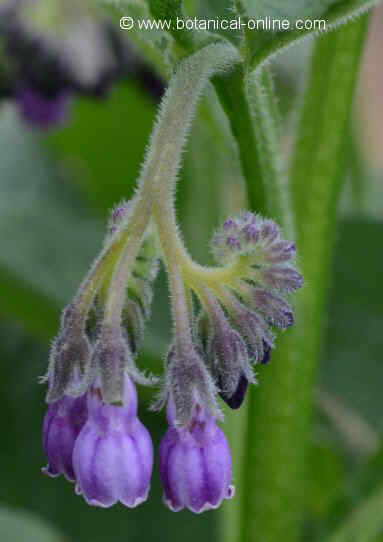 Closeup photo of some flowers of comfrey Closeup photo of some flowers of comfrey |
Comfrey toxicity is high. The plant is rich in pyrrolizidine alkaloids that have toxic effects on the liver.
Poisonings occur primarily through internal plant use (teas, herbal teas, in food, etc.) or as a result of a too too frequent external use.
The presence of hepatotoxic principles echimidine, lasiocarpine, lycopsamine and symphytine (They affect the liver) and the carcinogenic principle lasiocarpine (it causes cancer) makes it unfit as an internal use remedy.
- Treatments with comfrey internally can cause severe liver disease, hepatic failure, cirrhosis or liver cancer.
- The alkaloids present in the aerial part of the plant (Symphytine and consolidine) are nervous system paralyzers.
- Studies in animals fed for half a year with products containing 8% comfrey animals produced liver cancer.
- The leaves and tender shoots of the plant have caused injury when eaten in salads as an edible wild plant (Comfrey is not edible). There are people who have had hypersensitivity reactions because of contact with this plant, caused by the presence of hairs plant.
- Some poisonings can be produced by the consumption of products containing components of this plant. For example, tablets containing digestive comfrey. It is advised to attend to the composition of products to prevent internal consumption of comfrey.
- Nor it is advisable to use this plant assiduously for external use because it can be toxic by accumulation and absorption of toxic ingredients through the skin. One should not exceed from 30 to 45 days whole treatment throughout a year.
Symptoms of poisoning
- Stomach pain and digestive problems
- Enlargement of the liver (hepatomegaly)
- Liver failure, cirrhosis or liver disorders (increased transaminases)
- Accumulation of fluid in the peritoneum lining the abdominal cavity and abdominal organs (ascites)
- In severe cases, liver cancer.
Comfrey safety in pregnancy and lactation
DO NOT apply comfrey treatments of any kind during pregnancy and lactation. This plant may have uterotonic (it may induce labor) and teratogenic effects (it may produce malformations to the fetus). The toxic principles can cross the placental barrier and breast, reaching the fetus or the baby.
![]() More information on comfrey.
More information on comfrey.

